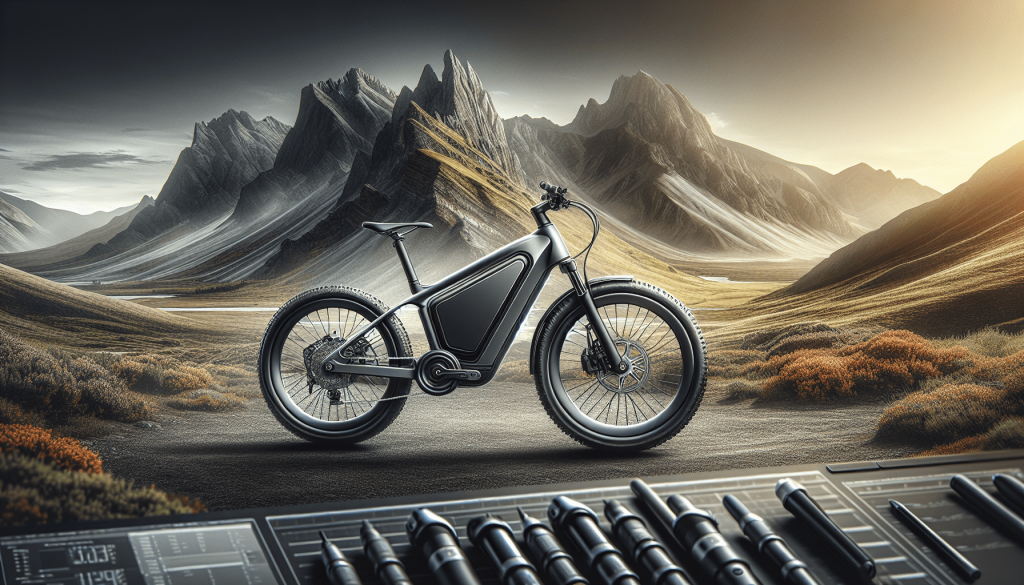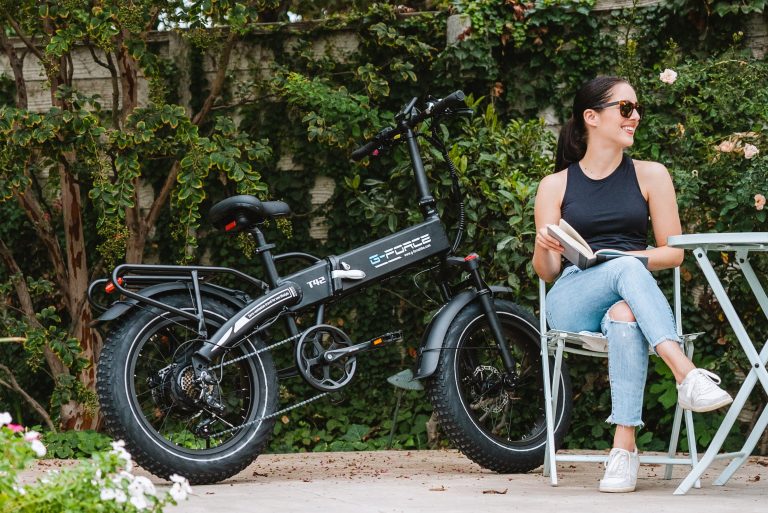Do Electric Bikes Work Without Power?
Imagine the freedom of cruising along on your electric bike, feeling the breeze in your hair and the thrill of the open road beneath your wheels. But have you ever wondered, do electric bikes work without power? It’s a question that might seem counterintuitive at first, but it’s one that many cycling enthusiasts have pondered. In this article, we’ll take a closer look at the inner workings of electric bikes and explore whether they can still be used as regular bicycles when the power runs out. Get ready to discover the truth behind the magic of electric bikes!

Introduction
Electric bikes, also known as e-bikes, have become increasingly popular in recent years. These innovative two-wheelers are equipped with an electric motor that provides pedal assistance, making cycling easier and more enjoyable. In this article, we will explore the definition and functioning of electric bikes, the components that make them tick, the power sources they rely on, their mechanical functioning, and their efficiency. We will also delve into the benefits of pedaling, the limitations of riding without power, safety measures to consider, and the legal considerations surrounding electric bikes. By the end of this comprehensive guide, you will be equipped with all the knowledge necessary to choose the right electric bike for your needs.
Electric Bike Components
An electric bike consists of several key components that work harmoniously to provide a seamless riding experience. The electric motor is the heart of an e-bike, delivering the extra power needed to assist with pedaling. The battery is what provides the energy to power the motor, and the controller serves as the brain, regulating the flow of electricity. Another crucial component is the Pedal Assist System (PAS), which senses the rider’s pedaling and adjusts motor assistance accordingly. The display, mounted on the handlebars, allows you to monitor important information such as speed, battery level, and distance traveled. Brakes, gears, and lights are also integral components that enhance safety and functionality, ensuring a smooth and enjoyable ride.
Power Source for Electric Bikes
Electric bikes can be powered either by the electric motor, the rider’s pedaling, or a combination of both. When relying solely on the electric motor, the battery capacity becomes crucial. Higher-capacity batteries can store more energy, providing longer ride times before needing a recharge. The range of an electric bike, or how far it can travel on a single charge, depends on factors such as battery capacity, motor efficiency, terrain, and rider weight. Some electric bikes also offer alternative power sources, such as solar panels or regenerative braking systems, which can help extend battery life and reduce the need for external charging.
Mechanical Functioning
Even without using the electric motor, an electric bike can still be pedaled like a regular bicycle. Pedaling without power allows you to get some exercise and maintain control over your ride. Gears and gear ratios play a vital role in ensuring optimal pedaling efficiency. By shifting gears, you can adjust the resistance and find the most comfortable setting for your riding conditions. Additionally, the braking system of an electric bike is designed to work seamlessly with the electric motor, providing reliable stopping power when needed.

Efficiency of Electric Bikes
Electric bikes are designed with efficiency in mind, aiming to maximize the energy conversion from the battery to the wheels. Through advanced technology, e-bikes can convert a significant portion of energy input into forward motion, making them highly efficient compared to other modes of transportation. Regenerative braking is another feature that enhances the efficiency of electric bikes. It allows the motor to act as a generator, converting the energy of braking into stored electricity, which can then be used to recharge the battery. Moreover, factors such as weight and aerodynamics also contribute to the overall efficiency of an electric bike, with lighter and more streamlined models offering increased efficiency and longer battery life.
Benefits of Pedaling
While the electric motor provides invaluable assistance, pedaling on an electric bike still offers numerous benefits. One of the primary advantages is the opportunity for exercise and improved health. By pedaling, you engage your muscles, burn calories, and increase cardiovascular fitness. Additionally, pedaling can extend the range of an electric bike. As the rider contributes to the propulsion, the battery is not solely responsible for powering the entire journey, allowing for longer trips. Finally, when riding an electric bike, the option to pedal provides a backup in case the battery runs out of power or malfunctions, ensuring that you can continue your journey unimpeded.

Limitations of Riding without Power
While pedaling is beneficial, riding without electric power does come with some limitations. Without the assistance of the electric motor, you will experience increased physical effort when cycling. This can be challenging, especially when faced with uphill sections or longer distances. The absence of electric power also means you will have to rely solely on your pedaling strength, resulting in lower average speeds compared to when using the motor. Additionally, constantly pedaling uphill can be strenuous, especially for individuals who are not accustomed to regular physical activity. Lastly, if you choose to ride without relying on the electric motor, you may need to recharge the battery more frequently, as it will not be replenished through regenerative braking or other alternative power sources.
Safety Measures
When riding an electric bike, it is essential to prioritize safety. Wearing protective gear, such as a helmet, is crucial to protect your head in the event of an accident. Additionally, maintaining control at higher speeds is crucial, as the assistance of the electric motor can increase your overall velocity. It’s vital to practice safe riding techniques, such as maintaining a firm grip on the handlebars and being aware of your surroundings. Visibility is also crucial, and using lights and reflective gear can ensure that you are visible to other road users. Finally, signaling your intentions, such as using hand signals to indicate turns, can help prevent accidents and improve overall safety.

Legal Considerations
Before hopping on an electric bike, it is essential to familiarize yourself with the legal considerations surrounding their use. Electric bikes are subject to specific regulations, which can vary between jurisdictions. It is crucial to understand the classification of electric bikes in your area and ensure that your e-bike meets the required specifications. In most places, electric bikes are permitted on public roads, but certain speed limits and restrictions may apply. Additionally, some regions may require electric bike riders to have insurance coverage. It is important to research and comply with the local laws and regulations to ensure a safe and legal riding experience.
Conclusion
In conclusion, electric bikes are an exciting and practical mode of transportation that combines the benefits of cycling with the convenience of electric assistance. Understanding the components and functioning of electric bikes, as well as the benefits of pedaling and the limitations of riding without power, is essential for choosing the right e-bike for your needs. By considering factors such as power source, efficiency, safety measures, and legal requirements, you can confidently explore the world of electric bikes and embark on countless enjoyable rides. So, whether you are looking to commute to work, embark on an adventure, or simply enjoy the outdoors, an electric bike might be an ideal choice for you. Happy riding!








